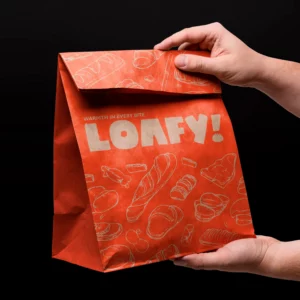What Paper is Suitable for Food Packaging?Types and Tips!
By
Contents
Discover the best types of paper for food packaging, including options like kraft paper, greaseproof paper, and more. Learn what paper is suitable for food packaging to ensure quality and safety.
What Paper is Suitable for Food Packaging?
When choosing materials for food packaging, paper has become an increasingly popular choice due to its eco-friendly qualities. But not all paper types are alike. To pick the best paper for your product, consider both the food’s nature and the protective properties needed. Here, we’ll explore different types of paper for food packaging, helping you make the right choice.
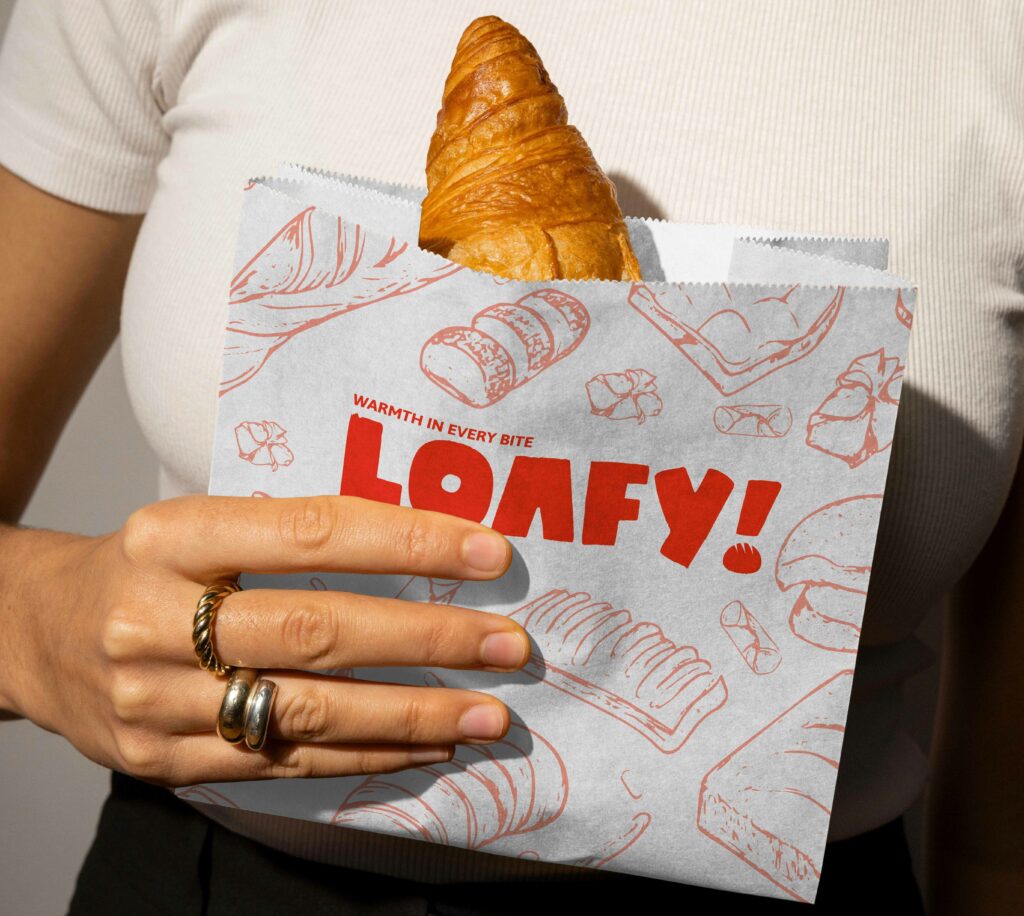
Types of Paper for Food Packaging
When asking “what paper is suitable for food packaging,” it’s essential to look at certified, food-grade materials. These papers can safely contact food, offering specific features for various food types. Here’s a breakdown of popular paper options in food packaging:
Kraft Paper
Kraft paper is durable, breathable, and biodegradable, making it ideal for items like bread, baked goods, and dry foods. Its toughness helps protect food from external impacts, while its eco-friendly nature aligns with sustainable practices.
Greaseproof Paper (Silicone-Coated Paper)
For foods with higher oil content, such as fried chicken or pizza, greaseproof paper works well. Its oil-resistant surface keeps food intact without leakage, and it can withstand some heat, making it suitable for baking sheets as well.
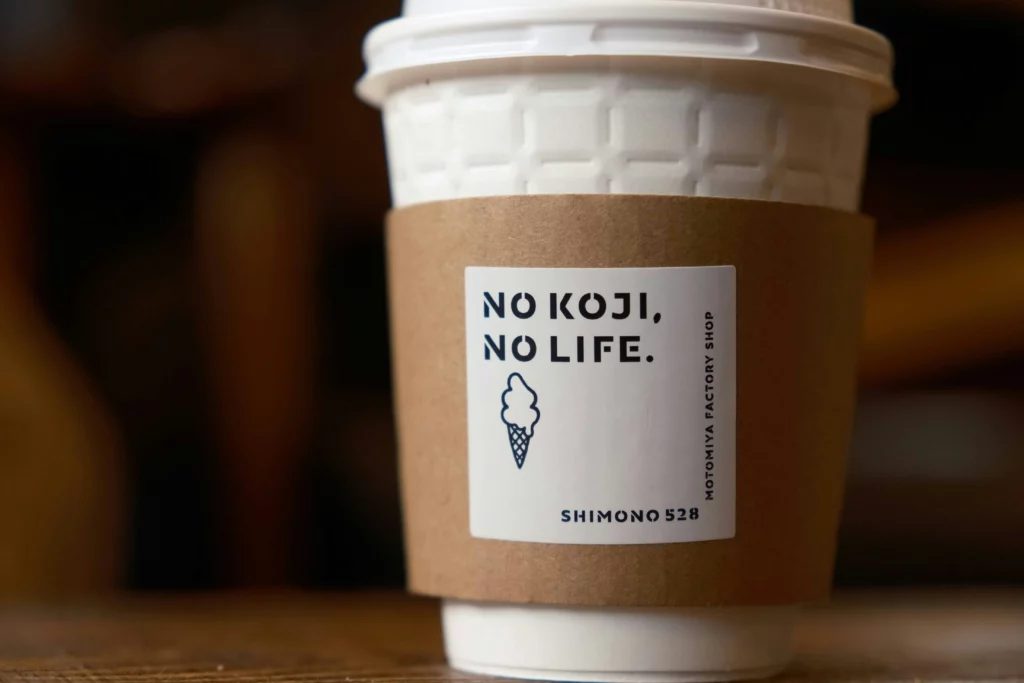
Wax Paper
Wax-coated paper provides moisture and grease resistance, commonly used for wrapping sandwiches and burgers. The wax layer helps keep food fresh and separated from moisture and air, providing a reliable barrier for greasy foods.
Food-Grade Coated Paper
This type of paper has a food-safe coating that adds oil and water resistance. It is versatile and works for various food types, offering protection without compromising food safety.
White Cardboard (Food-Grade)
White cardboard offers a premium look and is great for items like cake boxes. While durable and ideal for printing, it may need an inner lining to prevent direct contact with greasy foods, providing a clean presentation.
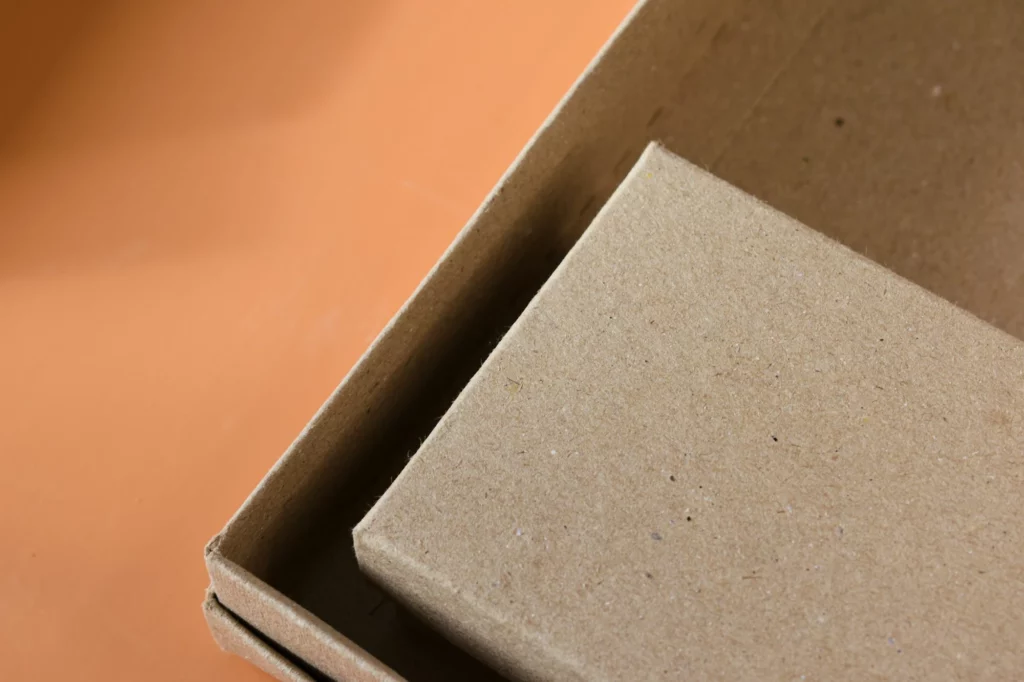
Tips for Choosing the Right Paper for Food Packaging
Consider Food Characteristics
Different foods require different protection. Ask yourself: does the food need grease resistance, or is it better suited for breathable materials? The right choice can prolong freshness and ensure safe delivery.
Printing Compatibility
If branding is essential, choose a paper type that holds print well. Kraft paper, for example, offers a rustic look, while coated papers and white cardboard can produce vibrant designs that enhance the product’s visual appeal.
You should consider your packaging design. You can choose a partner, such as FUSENPACK, to handle your packaging design. They use AI design to ensure your design stays on trend.
Reliable Supplier Partnership
Finding a trusted supplier ensures that your packaging meets all standards and provides consistent quality. The right partner can also guide you on the best paper types for specific food items.
For example, FUSENPACK can offer you a variety of paper material options and also handle the printing and production, ensuring that your packaging design is successfully brought to life.
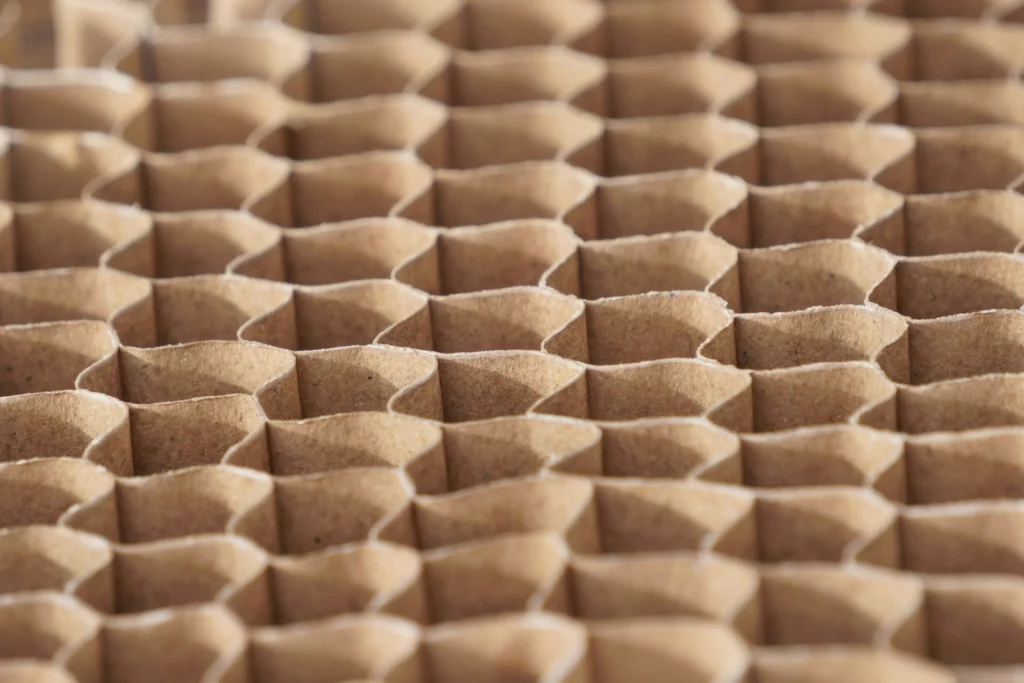
Conclusion
Knowing what paper is suitable for food packaging helps businesses make better, safer, and more eco-conscious choices. From durable kraft paper to grease-resistant options, each type serves a unique purpose in keeping food fresh and appealing. Whether you’re packaging sandwiches, baked goods, or fried foods, selecting the proper paper ensures food quality, enhances brand appeal, and supports sustainability efforts.


